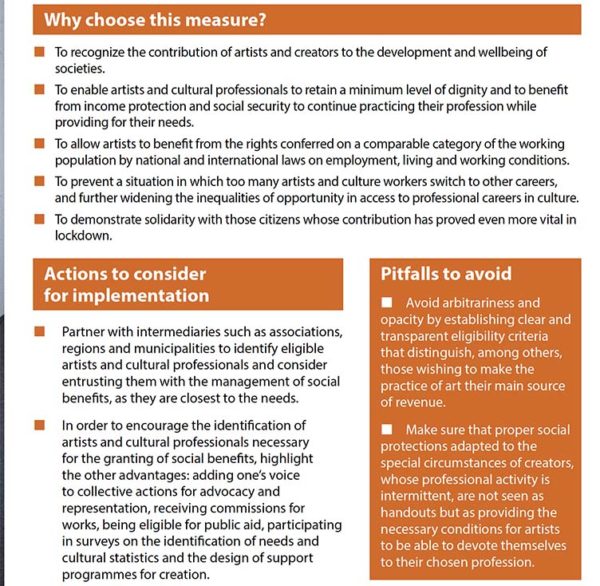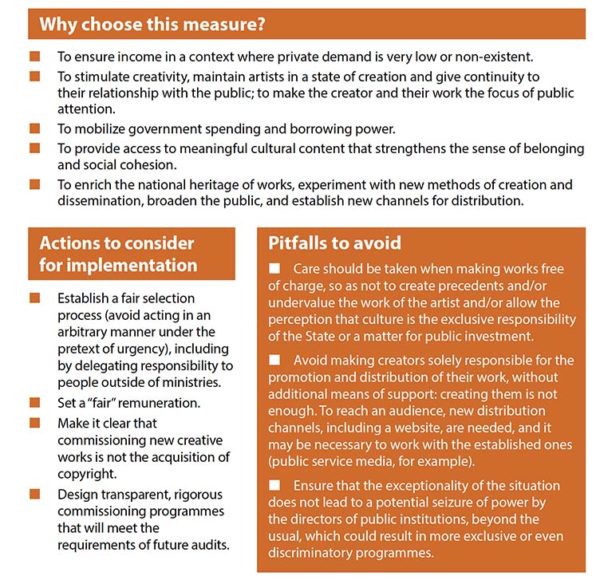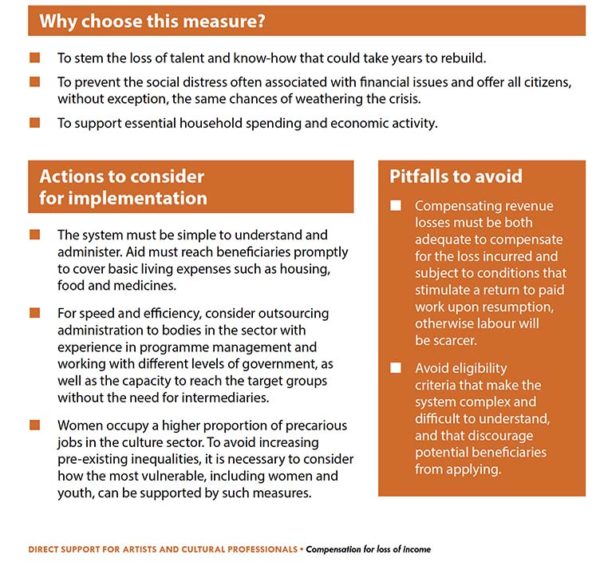It was with some sorrow that I learned this week that a great man who has literally been part of the grassroots effort to provide arts experiences to young people died last week. Albert Appel who, with his wife Clare, founded, or he might say floundered, into establishing an arts and music camp just turned 98 on July 5. A tribute to his life appears on the Appel Farm Arts and Music Campus website.
When I say he was literally part of a grassroots effort, it is because when he and his wife started giving music lessons to neighbor kids back around 1960, he was running a farm with 20,000 chickens, feed crops, and other animals. Gradually, the chickens began to be replaced by children. Again, literally. When I worked on the concert presenting side of the organization back in the early 2000s, two of the camp dorms were still refurbished chicken coops and were referred to as North & South Coop.
Albert, and his wife Clare, who had passed away before I started working there, are an admonishment against making assumptions about the artistic interests and capabilities of farmers. Albert trained to be a farmer, but he also played violin. He actually met Clare when friends told him they needed a violinist to fill out their string quartet.
The way Albert liked to tell it, he and Clare started the camp because kids would come over for music lessons and would never go home so he started charging their parents to let them hang around his house.
When I moved to South Jersey to take the job in winter 2000, I was told I could live in Albert’s house until I found a place of my own. I was given two room that used to be offices for the camp. As you moved through Albert’s house you could see that they had continued to add on to the house to accommodate camp activities. There were also some out buildings behind the house that got used. Finally, they moved a lot of the operations across the road–into the chicken coops, among other buildings. However, some of the original rooms continued to be used as living quarters for the camp counselors and staff during my tenure there.
The founding philosophy of the camp was that every kid has the capacity for creative expression. Come to think of it, working there may have serve to form my own views along those lines. A camper’s day was spent pursuing one major and two minors. The major was the area they identified as their core interest or area of experience and the minors were things they hadn’t really done, but wanted to explore. The subjects ranged from acting, dancing, music, ceramics, painting, photography, creative writing, video production.
Due to security concerns, folks like myself who didn’t work for the camp program weren’t generally allowed on the grounds past the administration building. However, I frequently helped distribute the mail and even without hearing them say it, it was clear that for a lot of those kids camp was a place they felt they could be themselves surrounded by people with similar interests versus who they had to be at home and at school.
But as I said, I wasn’t directly involved with the camp. My job was to run the operations for the concert series and music festival as well as to support the school outreach efforts. I count myself lucky to have lived in Albert’s house for a short time because even after I moved out, I would get invited to join him and his second wife, Peimin, when they were entertaining guests. Often it was groups like the Corigliano Quartet who were staying over in preparation for school residencies.
Albert would often pull out his violin to play or talk about his children’s music lessons on various instruments. Nearly all of Albert’s children play an instrument to some extent or another. His son Toby is a violist on the Julliard faculty. One story I recall involved inducements for him to practice piano. There are also a couple wild stories about Albert I heard from his kids.
Albert was definitely a character. Even though the livestock and poultry mostly departed the farm, all campers were required to work in the camp garden and the vegetables all made it to the kitchen for meals. Albert often gave the gardeners a hard time about how they were going about planting. A farmer can never really retire. He was just as passionate about creating an environment for people to cut loose with creative expression. At 80, he was pulling out his violin to play beside the campers. You would also hear the low drone of the instrument across the fields in the middle of the winter.
Obviously at 98, his death wasn’t unexpected but it is still saddening. Though at his 80th birthday party, he kept joking that if he had known he would live as long as he had, he would have taken better care of himself and he might have already made it to 90. Apparently someone was taking good care of him if he was so seriously pushing 100.
His legacy runs much deeper than thousands of kids attending arts camp over 60 years. As I mentioned, when I worked there the other nine months of the year were devoted to a concert series, school outreach programs and a pretty active conference calendar. Shortly after I left, Appel Farm started offering afternoon and evening arts classes to kids and adults and were the arts content provider for a local school district.
Now they have added a Families to College program that works with the whole family to provide an environment aligned with increasing the chances of success for college bound students. They are also involved with providing a charter school STEAM program. In a rural portion of southern NJ, programs like these can have big impacts.
I am sure there has been some positive impact on the economy of Elmer, NJ and Salem County that wouldn’t have existed if Appel Farm Arts and Music Center wasn’t there. But when we talk about the value of the arts, few would have the patience to wait 90 years, or smaller increment thereof, to see the result of giving 8 year old Albert music lessons. (Or his wife Clare for that matter, I am told she eclipsed him in passion for the camp’s mission.) And yet, there are thousands upon thousands of people who will attest to the immeasurable value of their experiences.







Santa Cruz Shakespeare has several tiers of benefits for donors/members. Some, like season-announcement parties, are open to several tiers. Some,…